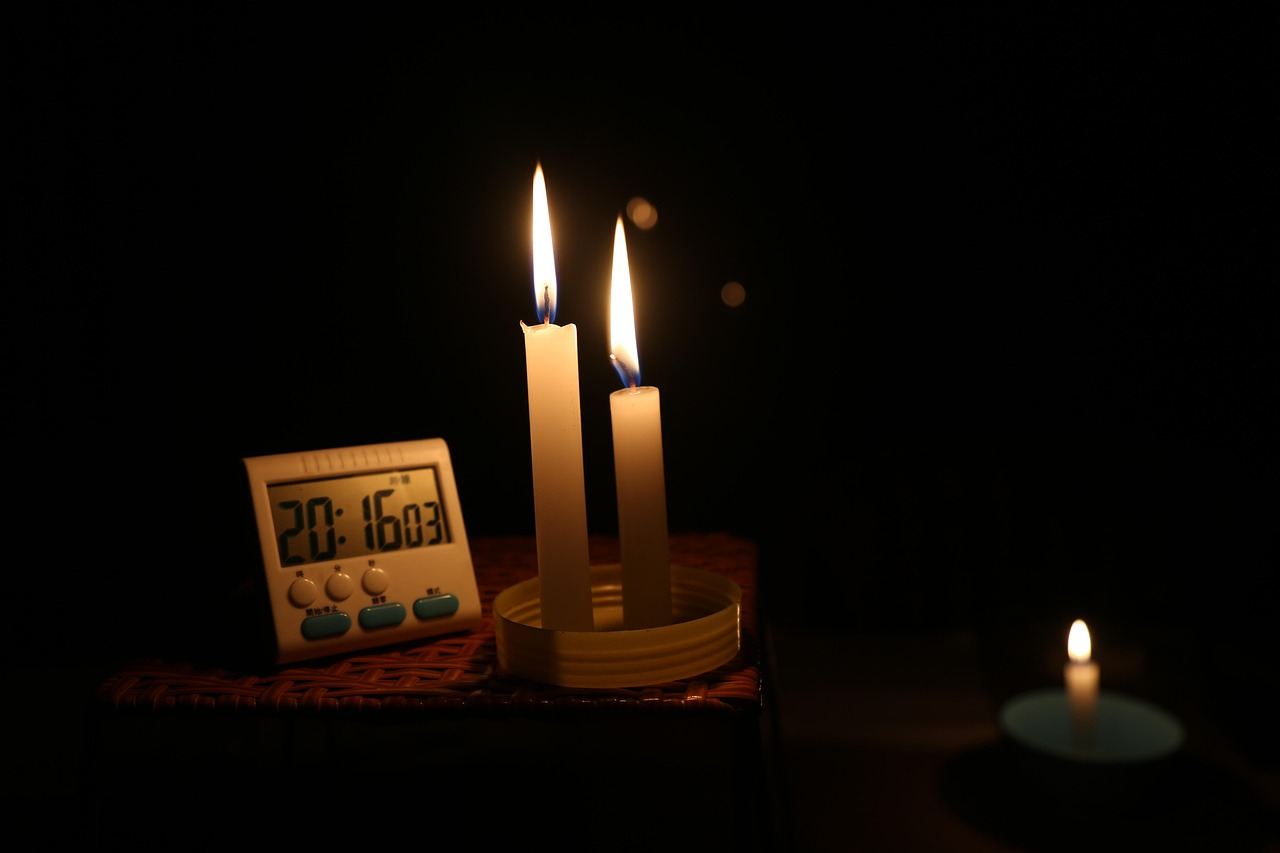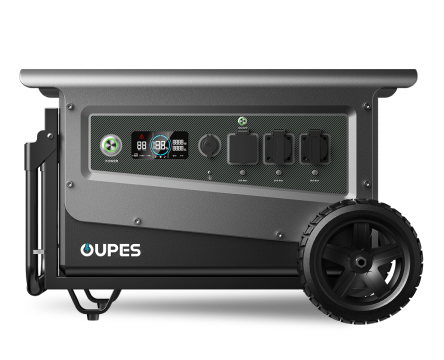
Overview
As solar adoption continues to rise, many homeowners wonder what happens when their solar panels generate more electricity than they use. Modern grid-tied solar systems automatically send excess electricity to the power grid, contributing to local demand and enhancing energy stability. According to the U.S. Energy Information Administration (EIA), residential solar production now exceeds 60 billion kWh annually, much of which flows into the grid during peak daytime hours.
This article explains how excess on-grid solar power is managed, what benefit homeowners receive, and how portable solar generators and power stations—such as those from OUPES—fit into an overall energy strategy for both grid-connected and off-grid scenarios.
How On-Grid Solar Systems Work
Connection to the Utility Grid
A grid-tied solar system allows your home to draw power from the grid when solar production is low and send excess electricity back when production is high. This occurs through a bidirectional utility meter.
No Battery Required
Unlike off-grid systems, on-grid solar does not require battery storage. Instead, the grid acts as a virtual battery that absorbs surplus energy.
Smart Inverter Control
Modern inverters regulate voltage, frequency, and output to ensure that any exported electricity meets safety and quality standards set by utilities and organizations like IEEE and NREL.
What Happens to Excess Solar Power?
1. It Is Sent to the Electric Grid
When solar panels generate more electricity than your home uses, the surplus flows to the grid. This reduces the demand for fossil-fuel-based power plants and supports clean energy distribution.
2. Your Utility Tracks the Exported Energy
A two-way meter measures:
- How much energy your home consumes from the grid
- How much excess solar energy you send back
This data determines how homeowners are credited or compensated.
3. The Utility Redistributes It
Excess solar power is delivered to nearby homes, businesses, and grid infrastructure—reducing strain on transmission lines and improving system efficiency.
4. In High-Solar Regions, Utilities May Curtail Production
In areas with extremely high solar penetration (e.g., California and Hawaii), utilities sometimes reduce solar output temporarily during midday overproduction. This is known as “curtailment,” usually governed by grid stability requirements under organizations such as CAISO.
Programs That Handle Excess Energy
1. Net Metering (NEM)
Net metering allows homeowners to receive a kilowatt-for-kilowatt credit for electricity sent to the grid. It is the most financially favorable system and is widely used in over 30 U.S. states.
2. Net Billing
Under net billing, energy exported to the grid is credited at a lower “export rate” rather than the retail electricity rate. This structure is becoming more common as solar adoption increases.
3. Solar Buyback or Feed-in Tariffs
Some utilities pay homeowners for exported power at predetermined rates. These programs vary by region and can include time-of-use incentives.
4. Virtual Power Plant (VPP) Participation
When combined with home batteries (optional), solar households can join VPPs where their stored energy is dispatched to support the grid during emergencies. VPPs are promoted by organizations like NREL and major utilities.
Comparison: Net Metering vs. Net Billing vs. Solar Buyback
| Program Type | How You Are Credited | Typical Financial Benefit | Best For |
|---|---|---|---|
| Net Metering (NEM) | Retail electricity rate, 1:1 credit | Highest savings | Homes with large systems |
| Net Billing | Lower export rate | Moderate savings | Regions with newer policy structures |
| Solar Buyback / Feed-in Tariffs | Set buyback rate per kWh | Varies widely by utility | Homes with predictable excess energy |
These programs determine how valuable your excess solar output is and how quickly your solar investment can pay for itself.
How Excess Solar Benefits the Grid
1. Reduces Peak Load
Solar energy peaks during the day when businesses are most active. Feeding excess energy to the grid reduces the burden on power plants.
2. Lowers Carbon Emissions
According to the IEA, solar power reduced global CO₂ emissions by over 1.5 gigatons in the past decade. Excess solar contributes directly to this reduction.
3. Enhances Grid Reliability
Distributed solar generation improves local voltage stability, reducing blackout risks during high demand.
4. Reduces Need for Additional Infrastructure
Local solar generation reduces the load on long-distance transmission lines, lowering maintenance and infrastructure costs for utilities.
Where Portable Solar Generators Fit In
Backup for On-Grid Homes
Even on-grid solar homes lose power during outages unless they include battery storage. Portable solar generators and power stations—such as those offered by brands like OUPES—provide immediate backup power for essential devices when the grid goes down.
Energy Storage Without Installation
Portable solar generators provide mobile energy storage without requiring permits, wiring, or rooftop panels. They are ideal for renters, RV travelers, and homeowners seeking emergency resilience.
Complement to Grid-Tied Solar
Many homeowners pair their grid-tied rooftop systems with a portable solar generator to ensure reliable power during outages and to expand solar usage into camping, road trips, and off-grid activities.
FAQ
1. What happens when my on-grid solar panels produce more electricity than I use?
Your excess electricity is sent into the power grid. Utilities track it and compensate you through programs like net metering or net billing.
2. Do I get paid for excess solar?
Yes, depending on your state and utility program. Compensation rates vary and may be full retail rate, reduced export rate, or a set buyback rate.
3. Can excess solar power be stored automatically?
Not in a traditional on-grid system. Storage requires home batteries or portable solar generators.
4. Do portable solar generators work with on-grid homes?
Yes. They operate independently and provide backup power during outages when grid-tied systems shut down for safety.
5. Why does my solar stop working during a grid outage?
For technician safety, grid-tied inverters automatically shut off to prevent backfeeding electricity into the grid. Portable solar generators serve as backup power during these outages.




























